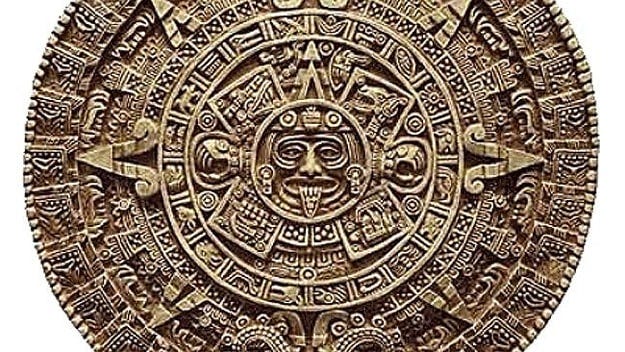People in different parts of the world and throughout history consider and treat time differently. This is exemplified by how people treat business meetings. In the United States and Japan, punctuality and rigid scheduling are standard, while in Saudi Arabia and Ecuador, starting and duration times are flexible.
The three major cultural and historical conceptions of time are linear time, cyclical time, and timelessness. These conventions appear in theology, philosophy, science, psychology, and art.
Linear time
Linear time follows an inexorable line from the past to the future. Most people today imagine and mark time as linear, and our watches and clocks mark time by this convention. Linear time is the standard convention used in science. Abrahamic religions chose a linear conception of time because it allows for the creation of the universe and a final judgment.
.
Cyclical time
Many early cultures had a cyclical conception of time, sometimes called the wheel of time. These cultures include Incan, Mayan, Hinduism, Buddhism, and Jainism. They perceived time as consisting of repeating ages and periods. This helps explain the idea of reincarnation. Some cultures, including India, still use cyclical or repeating conceptions of time today.
The observance of repeating seasons is an example of cyclical time. Early agricultural and other societies were centered around the seasons, the regular apparent rising and falling of the sun, and the regular changing of star formations.
.
Timelessness
A timelessness view of time was common to many early peoples and mystical cultures such as some American Indian tribes, Australian aboriginals, and Jewish Kabbalists. In this view of time, the past and present are intimately connected. History and spirits of the dead exist in the present.
This is a mystical way of thinking, with the brain processing sensory information in a particular way. The modern brain has evolved to create cognitive constructs to define time, space and labels, including a linear perception of time. These constructs are essential to function but are artificial. With early peoples and mystical cultures, these cognitive constructs either are undeveloped or suppressed, and the sensory information is processed in different ways. A commonly described experience of mystical experiences is that everything is one and time stops or slows.
.
Today We Look at Time in Different Ways
While a linear conception of time is standard today, we also look at time in the other two ways. Modern calendars mark time both linearly (day 1, day 2, day 3, and year 2019, 2020, 2021) and cyclically (seasons, annual holidays). Our following of the “rising and falling of the sun” and regular changes in star constellations and moon phases is cyclical.
A Hindu in India who religiously conceives of the historical and future ages as cyclical may also mark time in his daily life linearly with a watch or clock.
As mystical experiences and related neurological events are not uncommon, a human who observes linear and/or cyclical time may at times additionally perceive time as timelessness. Many people on a level have an idea of the past, such as past loved ones or events, psychologically existing in the present.
.
Two Other Ways of Looking at Time: Presentism and Eternalism
Presentism is the view that only the present (what is in front of you now) is real, and the past is unreal and the unknown future is unreal. This is the common way most people perceive time.
Eternalism is the view that the past, present and future are all equally real, and that our perception of only the experienced “now” being real is merely a matter of our brain’s consciousness and our arbitrary place in time.
To us, our present is perceived as real. However, to someone in 1755 or 1995, their present was perceived as just as real. It is just a matter of our arbitrary place in time that we consider our “current’ as the real. In the big picture eternalism view, there is no reason to say that one present over another has a privileged status. You can compare it to space or geography where, when standing in Chicago, you know that Los Angeles and Paris are as real as Chicago. You don’t say Los Angeles and Paris aren’t real because you aren’t there. With eternalism, all points of time along a timeline can be considered similarly.
Presentism and eternalism are not in conflict. They are different perspectives of the same timeline. Presentism is the up close and personal experience of time, while eternalism is a look at time from afar. It’s akin to driving along a road versus looking at the road on a map: they are different perspectives of the same road.
.
This post begs the question of what other possible conceptions and combinations of conceptions of time there can be. Theoretical non-humans may have very different conceptions of time. If time, or at least as we perceive it, is a human construct, perhaps such non-humans would have no concept of time.
.








